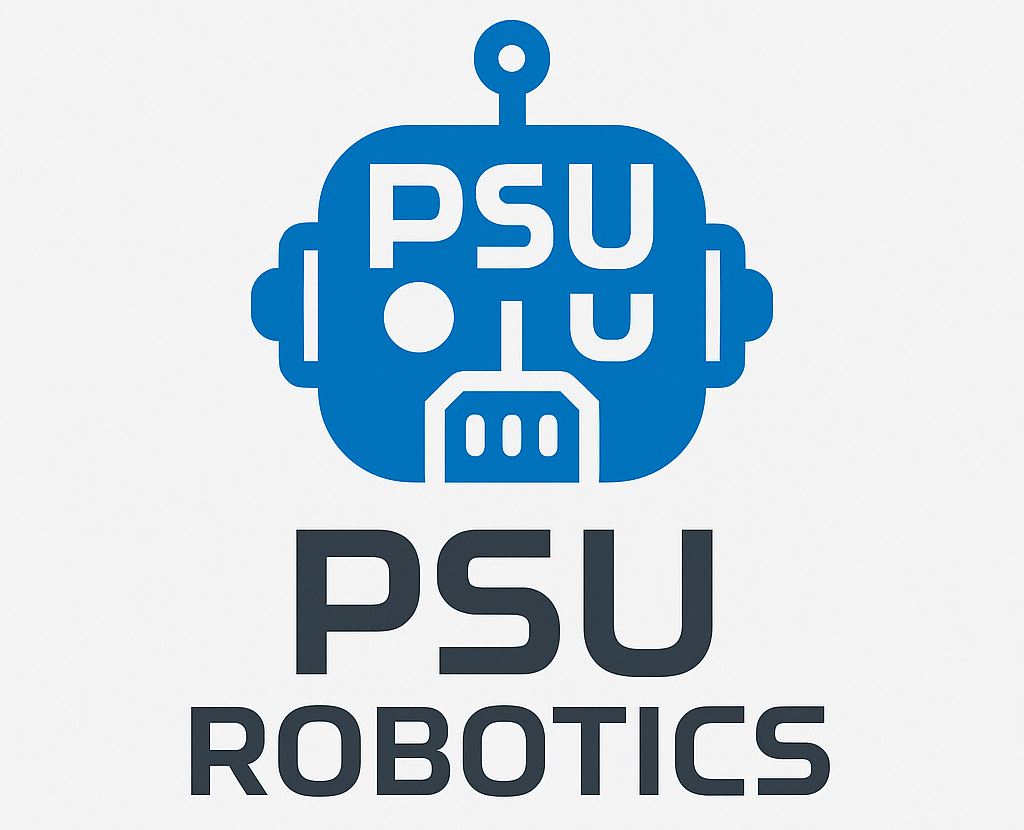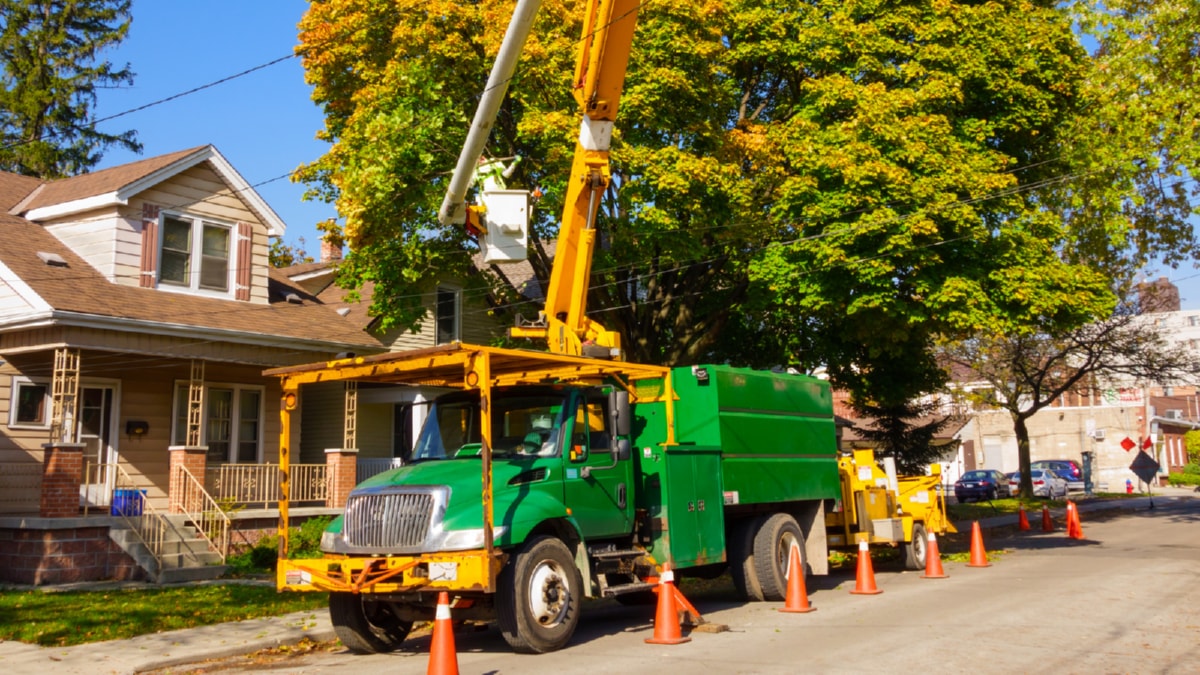The Essential Guide to Construction Safety
In the rapidly evolving world of construction, safety remains at the forefront of the industry’s concerns. Prioritizing the safety of everyone on the construction site is not only a moral responsibility, but also a legal requirement.
Construction accidents are unfortunately common, often resulting in severe injuries and sometimes fatalities. These incidents can lead to project delays, increased costs, and potential legal liabilities. Hence, it’s vital to enforce effective safety policies and procedures on every construction site.
Safety education initiatives play an essential role in preventing accidents. Workers should be trained on the correct handling of machinery, understanding of safety guidelines, and how to respond in case of emergencies. Regular safety meetings and briefings can also help to reinforce these practices and keep safety at the forefront of everyone’s minds.
Personal protective equipment (PPE) is another critical aspect of construction safety. Protective helmets, safety goggles, reflective clothing, and sturdy footwear should be worn at all times to provide protection against common hazards. Moreover, equipment should be regularly inspected and maintained to ensure its effectiveness.
Beyond these measures, the construction site itself should be kept as safe as possible. Adequate illumination, visible signs, and well-arranged working zones can help to prevent accidents and injuries. Furthermore, regular site inspections can identify potential hazards and allow for timely corrective actions.
5 Key Trends Shaping the Construction Industry in 2021
The construction industry is constantly changing, with new trends and technologies shaping its future. Here are five key trends influencing the industry in 13616.
1. Sustainable construction has become more important than ever. This trend includes the use of eco-friendly materials, energy-efficient designs, and construction practices that minimize environmental impact.
2. Digital technology is revolutionizing the construction industry. From aerial drones for site inspections to additive manufacturing in construction, technology is making construction safer, more efficient, and more precise.
3. Prefabrication and modular construction are gaining popularity. These methods allow for quicker building processes and less waste, making them a cost-effective and sustainable choice.
4. There is a greater focus on worker safety. With advancements in protective gear and increased emphasis on safety training, the industry is becoming safer for its workers.
5. The industry great is facing a labor shortage. As a result, there is a growing trend towards automation and the use of robots in construction, which can help to alleviate this issue.
In conclusion, safety great in construction is of paramount importance and should always be prioritized. By staying up-to-date with industry trends and implementing best practices for safety, construction companies can ensure a safer and more productive work environment.
For more details, check best Hedges and Tree Services Dublin or visit their Hedges and Tree Services business listing here.



